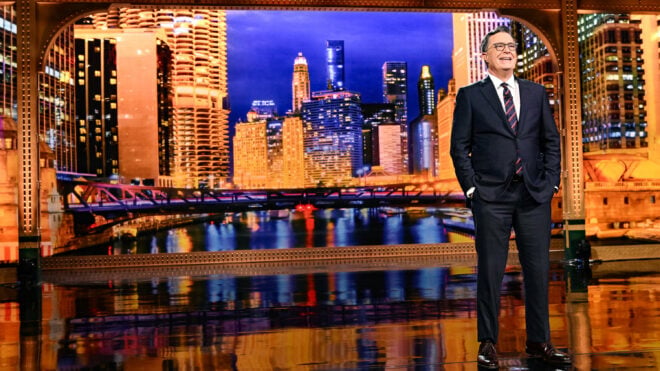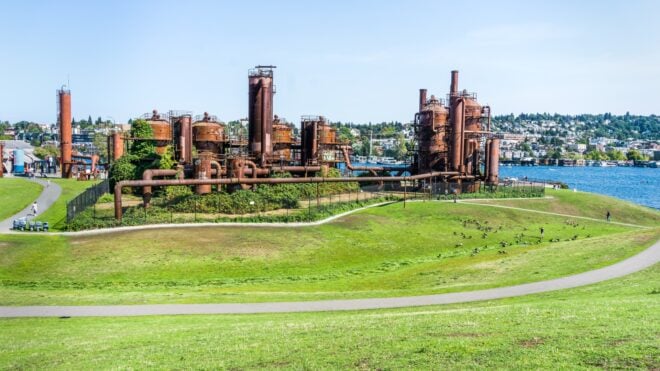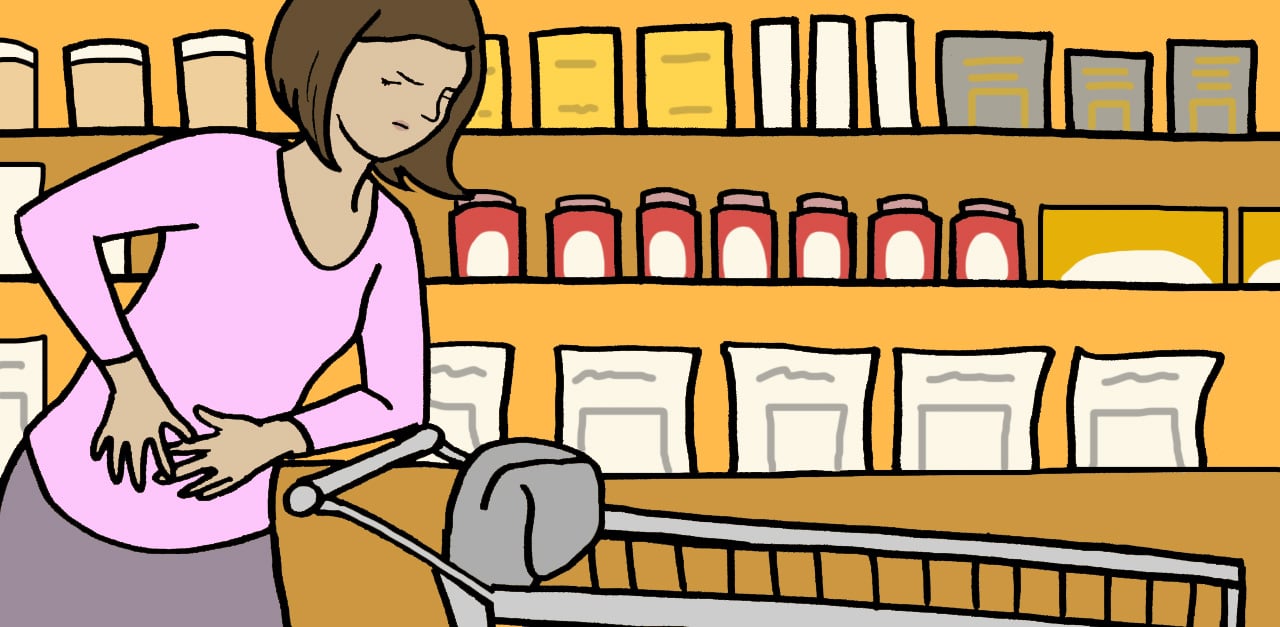
Everyone gets a stomachache now and again. Maybe you're hungry, or maybe you ate too much, or something didn't agree with you. Other times, it might be a symptom of a stomach virus, or even a sign of stress and anxiety.
Other times, it's an indication that something might be up with one or more of your organs.
How do you tell the difference?
Well, depending on where the pain is located, you can actually tell quite a bit, such as what organs are being affected, and what can be done about it. Different causes will cause different types of pain, but pinpointing the location will help narrow down the cause.
If you notice that your stomach pains typically occur in the same place, it t might be a sign that you should get that area, and its corresponding organs, checked out to make sure nothing serious is going on.
It might also mean that you may need to make some adjustments to your diet, habits, and exercise to help clear up any issues.
As always, get a professional opinion (or two!) before taking any treatment actions and to determine exactly what's happening inside your body.
Check out what each section of your abdomen is trying to tell you when it aches.
Abdominal Pain Is Very Common
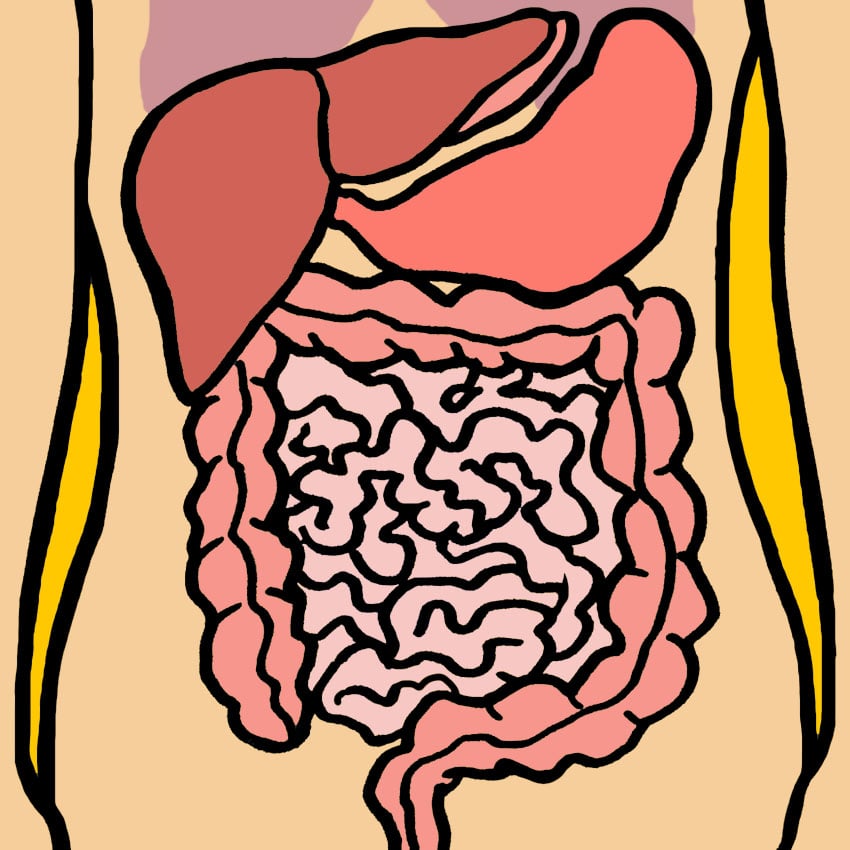
Stomach pain affects everyone. Male, female, young, old, and in between, everyone gets a tummy ache now and again.
But there's so much inside your abdomen, the aches and pains can come from any one of the organs in there.
So how do you know what might be the source of your aches? Well, it's all about location.
Having a pain here and there once in a while is usually not a sign of anything serious, but if pain recurs over and over in the same area, it's time to talk to a doctor.
Upper Right
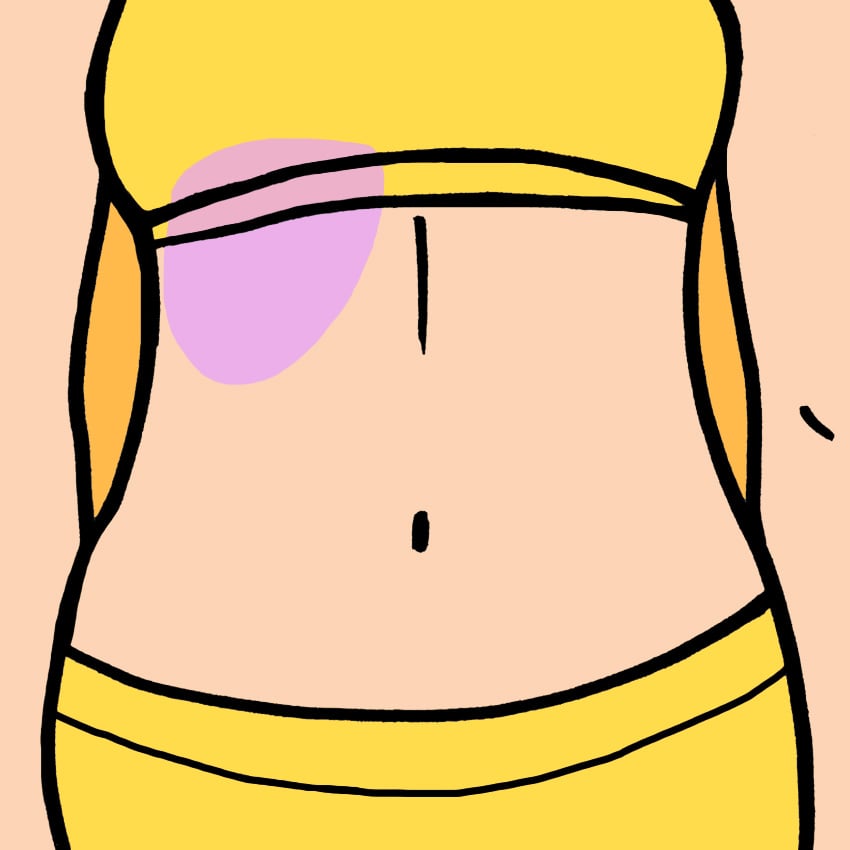
Pain in the upper right section of the abdomen can be caused by issues with the stomach, like ulcers, and pancreas.
This pain can also indicate gallstones, according to WebMD, as your gall bladder is tucked up here, too.
Upper Center
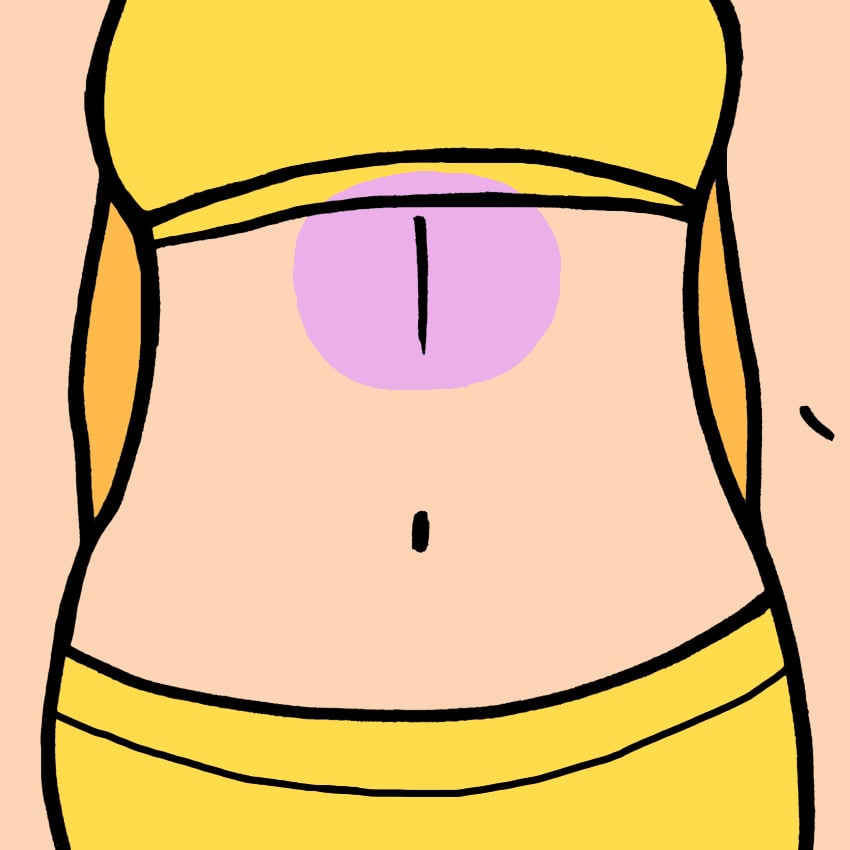
Pain in the center of your upper abdomen, under the V of your rib cage, is also a sign of stomach upset, because your stomach is actually located here.
Pain here is most commonly heartburn and indigestion WebMD says, but can also be a sign of an ulcer, gallstones, or an epigastric hernia.
Upper Left
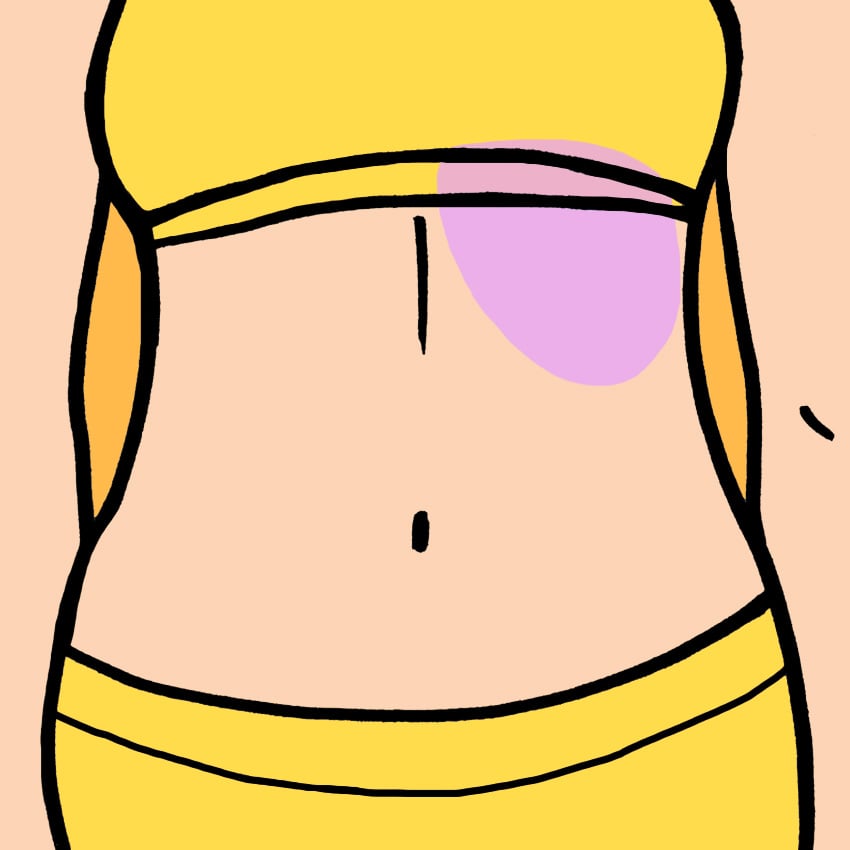
Pain on the left upper side can be a sign of a duodenal ulcer, located at the entrance to the small intestine from the stomach.
Middle Right
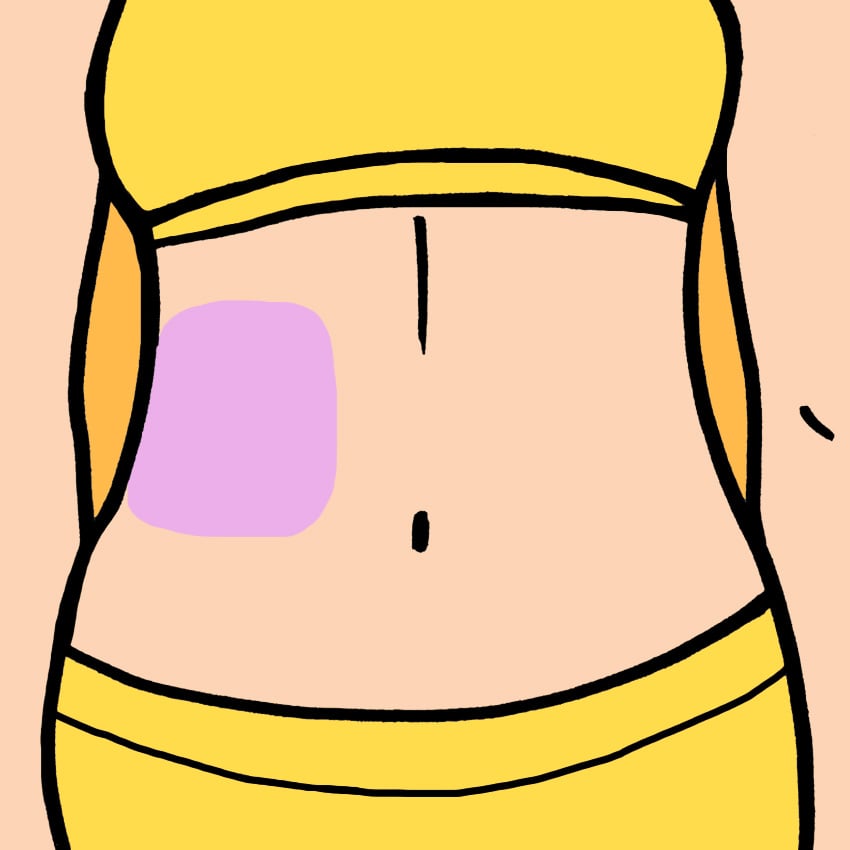
Pain on the right side near your waist can be indicative of a kidney infection or kidney stones, according to WebMD. A kidney infection is likely your issue if you've also had pain during urination. It's also associated with pain from constipation.
It can also be pain from a lumbar hernia, which has to do with your spine rather than your stomach.
Middle Center
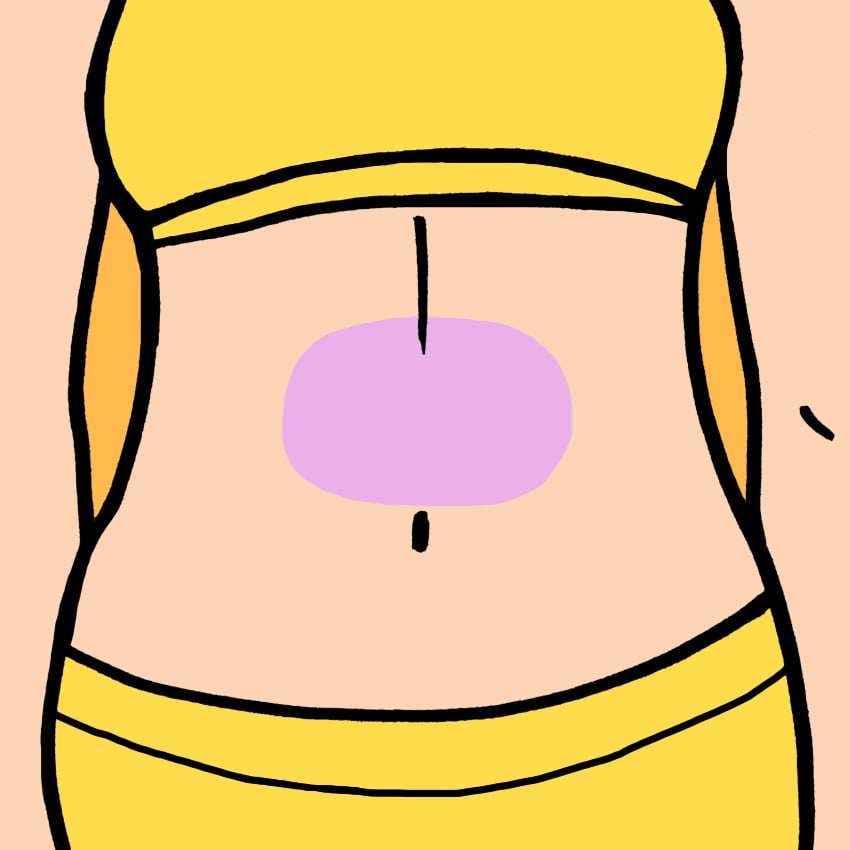
Pain directly in the center of your abdomen, right over your belly button, can be a sign of several things, including an umbilical hernia, early appendicitis, and pancreatitis. According to WebMD, appendicitis pain will start centrally and move right. Pancreatitis pain will remain a bit higher up, and usually flare up after a heavy meal.
It can also be the sign of an inflamed bowel.
Middle Left
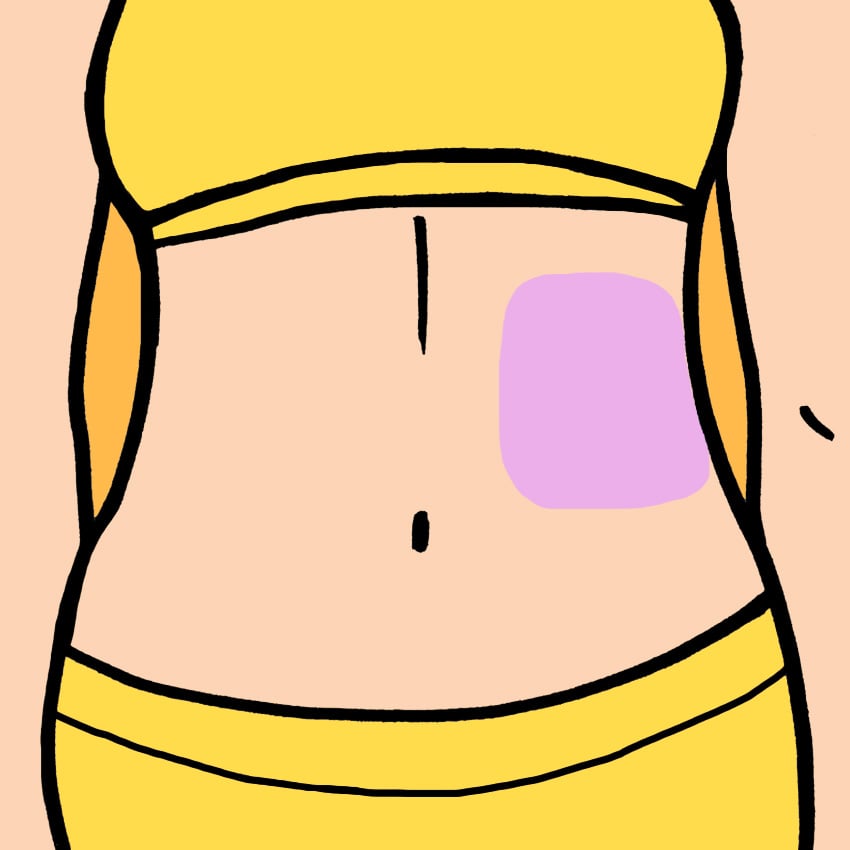
Like on the right side, pain on the left side near the waist is often a sign that something's up with your kidney, or that your bowels are backed up and putting pressure on your body.
This can also be a sign, sometimes, of diverticular disease, where bulging pockets develop on the bowel wall.
Lower Right
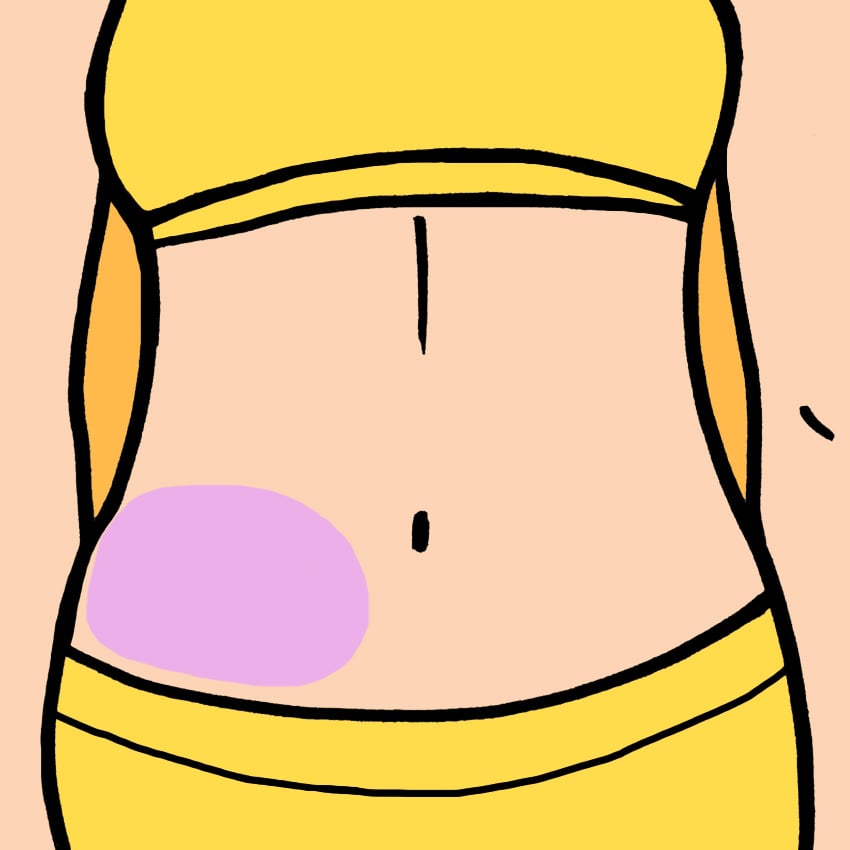
Pain in the lower parts of the abdomen are usually the result of bowel issues, according to WebMD.
For women, they're also commonly caused by menstrual cramping and pain. Menstrual cramps can affect one or both sides of the abdomen.
Lower Center
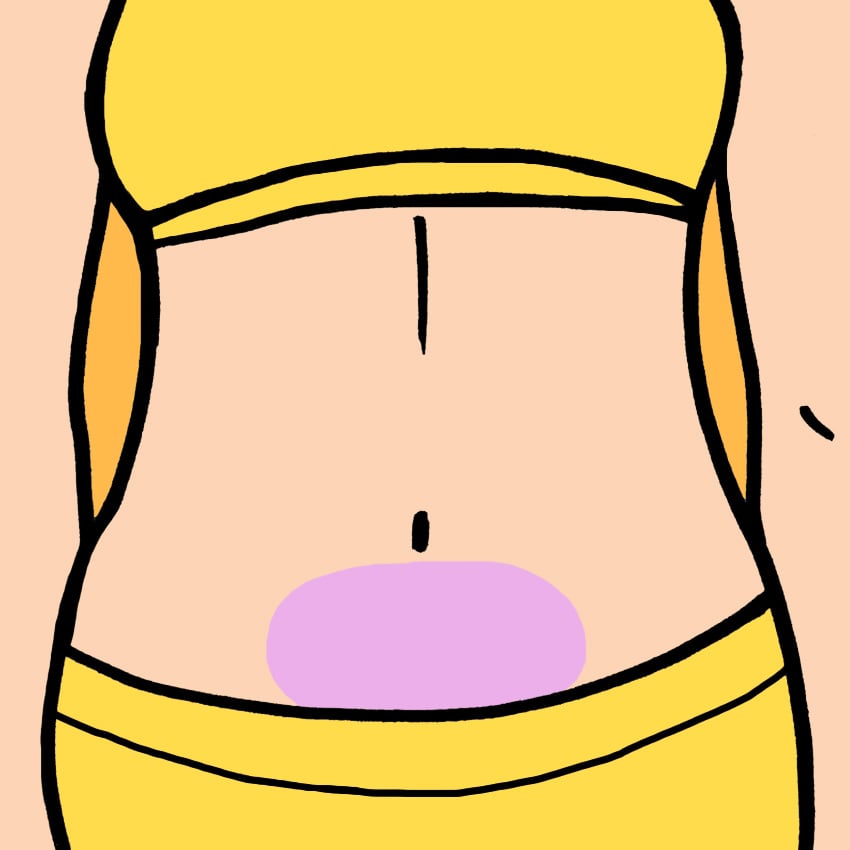
Pain below the belly button can also be a sign on inflammatory bowel disease or a urinary tract infection. The latter are more common in women.
Also for women, it can also indicate issues with reproductive organs.
Lower Left
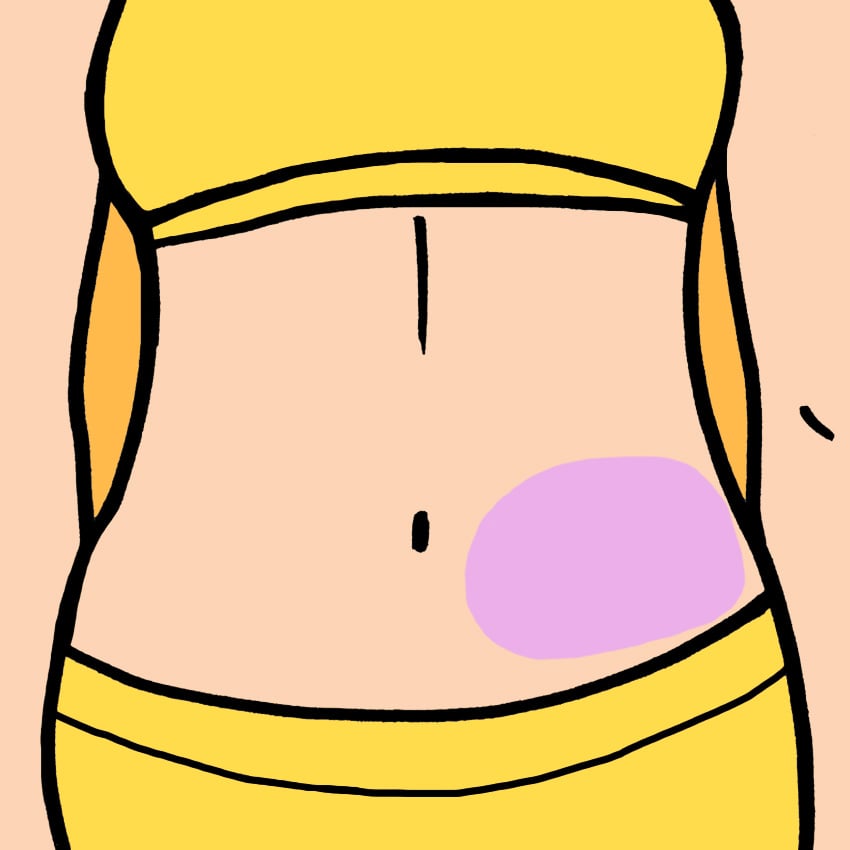
Other times, pain down in the lower parts of the abdomen, usually on one side, can indicate a hernia, which happens due to overexertion.
These are painful, but easily treatable. In this location, they're known as inguinal hernias.
If you experience pain commonly in one or more of these area, talk to your doctor about what might be going on. They'll be able to pinpoint exactly what it is and help you clear up the issue.
To make others more aware of what's going on in their bodies, SHARE this information!

